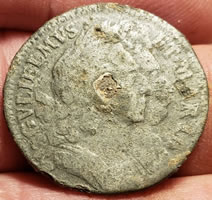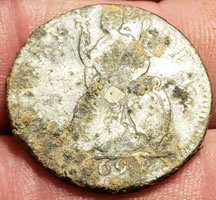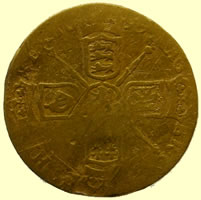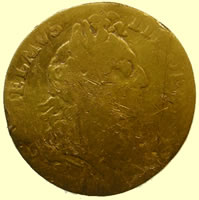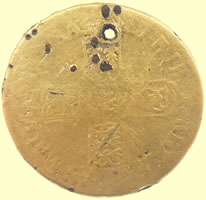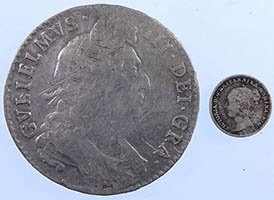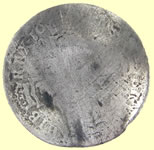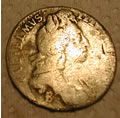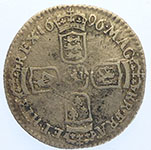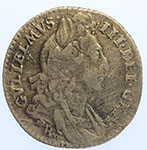

Metal detecting holidays in England with the World's most successful metal detecting club.20 years plus.
Twinned with Midwest Historical Research Society USA.
William and Mary (1689-1694) William of Orange (1650 -1702) |
|
 William was 'Stadtholder' of the Netherlands and in 1688-1689 became King of England in the 'Glorious Revolution', ruling jointly with his wife, Mary. William was 'Stadtholder' of the Netherlands and in 1688-1689 became King of England in the 'Glorious Revolution', ruling jointly with his wife, Mary.
William was born on 4 November 1650 in The Hague, Netherlands. His father, William II of Orange, died just before his birth. His mother Mary was English, the daughter of Charles I. Although the Orange family were the most powerful in the Netherlands, they were not hereditary sovereigns. For the first two decades of William's life, the family were out of office. In 1672, Louis XVI of France invaded the country and William was invited to be 'Stadtholder' of the Netherlands and its military commander. He subsequently succeeded in driving the French out of the Netherlands and became a champion of Protestantism in Europe. In 1677, William married his cousin Mary, the elder daughter of James, Duke of York, heir to the English throne. This, William hoped, would cement an Anglo-Dutch alliance against the French. James, Duke of York, succeeded to the throne in 1685, becoming James II. He was Catholic and many in England feared a Catholic king. In the summer of 1688, after James' wife had given birth to a son, guaranteeing the Catholic succession, some of James' Protestant opponents secretly invited William to England. In November, he landed with an army in Devon. Most of the nobility supported him and James was forced to flee to France. Early in 1689, the English parliament formally offered William and Mary the throne as joint monarchs. They accepted a 'Declaration of Rights' (later 'Bill of Rights') which outlined grievances against James, limited the power of the monarchy and affirmed important rights relating to the powers of parliament. Predominantly Catholic Ireland remained mostly loyal to James, who landed there with French troops in March 1689. In July 1690, William defeated James and routed his forces at the Battle of the Boyne. Fighting the French remained William's main concern. In 1689, he had brought Britain into the 'Grand Alliance' against France. For the next eight years he was often away fighting, first in Ireland and then on the Continent, leaving his wife to rule in his absence. William managed to hold the Grand Alliance together and in 1697, under the terms of the Treaty of Ryswick, Louis XIV surrendered much of the territory he had won by conquest and recognised William as England's king. Mary died of smallpox in 1694 leaving William to rule alone. He died on 19 March 1702, after falling from his horse at Hampton Court. At the time of his death he was constructing a new grand alliance against France.
The very First time in my 16 years of running this club Cal Mark has found the only Tin coin in remarkable condition I have ever seen. He dug the William Mary farthing and also the half penny in pastureland where no oxygen had got to it. You can clearly see the copper plug in the middle of the coin. William & Mary (1688-94), Tin Farthing, 1690, copper plug at centre, second conjoined laureate and draped busts right, rev Britannia seated on globe with spear, shield and spray of leaves,…
|
|
William and Mary (1689-1694) |
|
 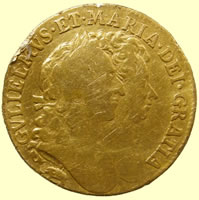 |
  |
Our rarest ever milled gold coin find - 1689 William and Mary milled gold full guinea - Lion in shield type, elephant under bust 11g, 25.2mm |
Rare 1689 William and Mary milled silver maundy 3 pence |
 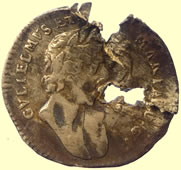 |
 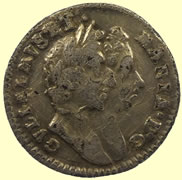 |
| 1694 William and Mary milled silver four pence | 1690 William and Mary milled silver four pence - First bust |
  |
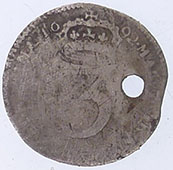 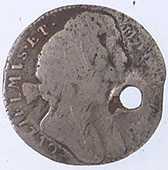 |
| 1689 William and Mary maundy milled silver four pence | 1692 William and Mary milled silver 3 pence |
 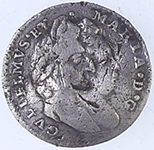 |
|
| 1691 William and Mary milled silver two pence | |
Copper coins |
Copper cvoins
|
 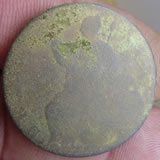 |
 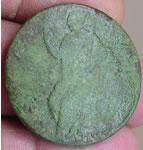 |
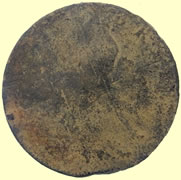 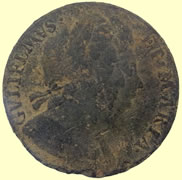 |
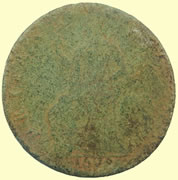 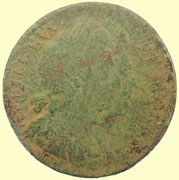 |
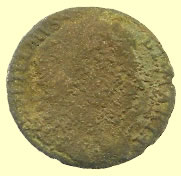  |
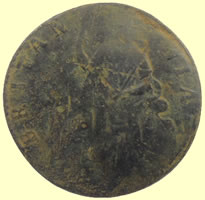  |
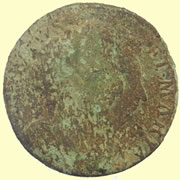  |
  |
 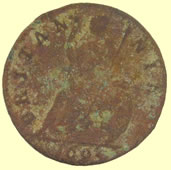 |
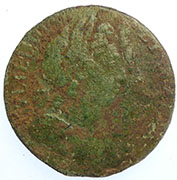 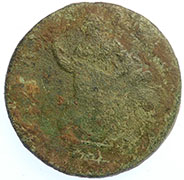 |
 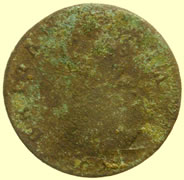 |
  |
  |
 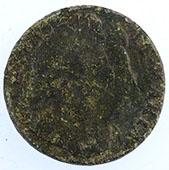 |
William III 1694 - 1702 |
|
1695 William III gold half guinea - rarer than hens teeth
Gold forgery |
|
Half crown - 30 pence
Size comparison between milled silver half-crown (30 pence) to a one penny |
|
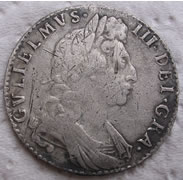 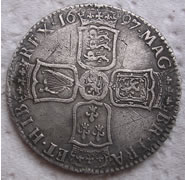 |
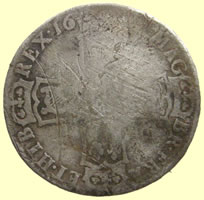 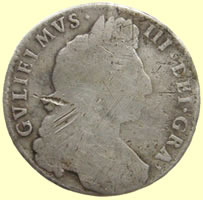 |
| 1697 | 1696 |
 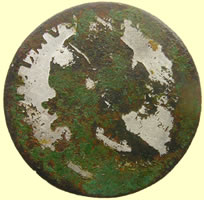 |
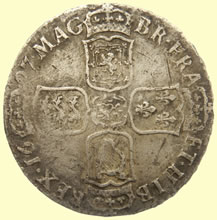 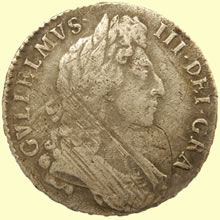 |
| 1696 Forgery | 1697 |
 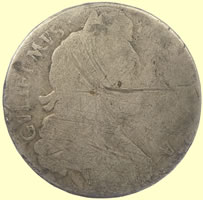 |
  |
| 1696 | 1697 |
 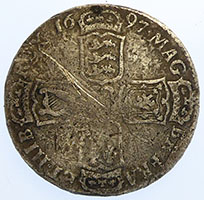 |
  |
| 1697 | 1697 |
  |
|
| 1697 | |
1696 shilling 12 pence |
|
Edinburgh mint |
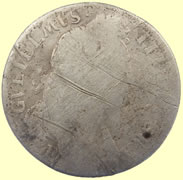 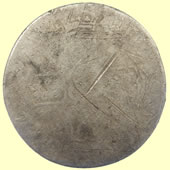 |
Exeter Mint |
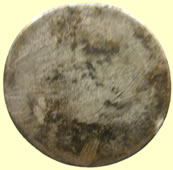 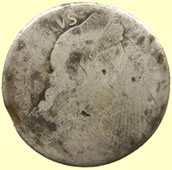 |
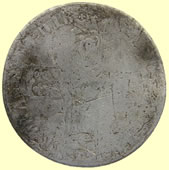  |
  |
  |
York mint |
  |
Norwich mint |
  |
Norwich mint |
 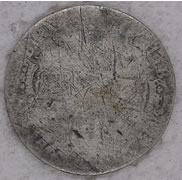 |
 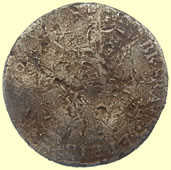 |
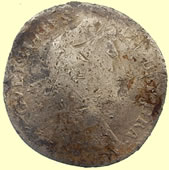  |
  |
  |
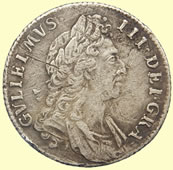 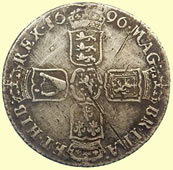 |
 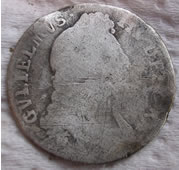 |
 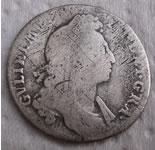 |
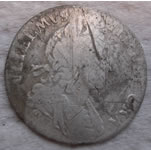 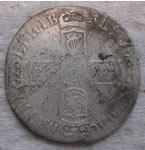 |
  |
 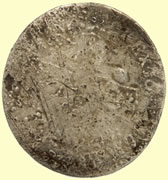 |
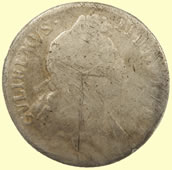 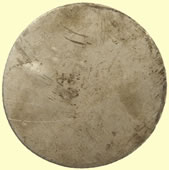 |
York mint |
 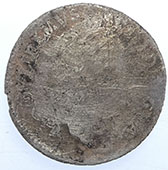 |
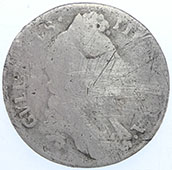 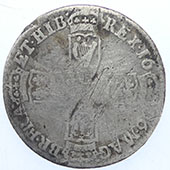 |
 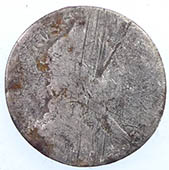 |
 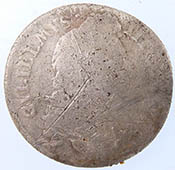 |
  |
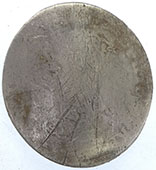 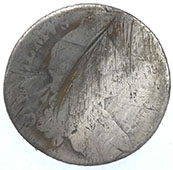 |
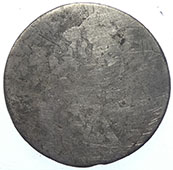 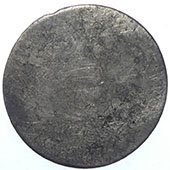 |
  |
  |
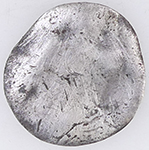  |
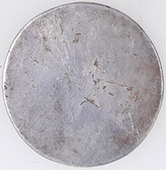 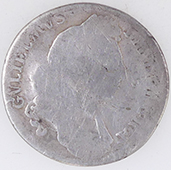 |
1697 shilling 12 pence |
|
 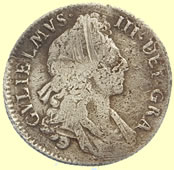 |
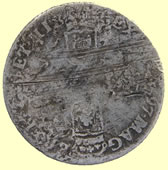 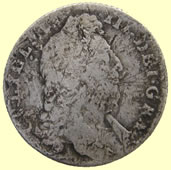 |
  |
  |
  |
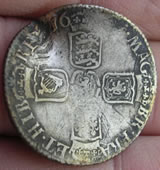 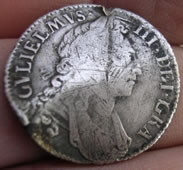 |
  |
  |
  |
  |
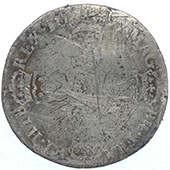 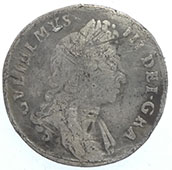 |
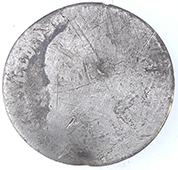 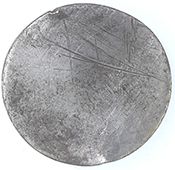 |
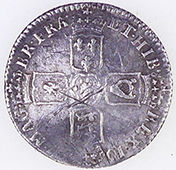 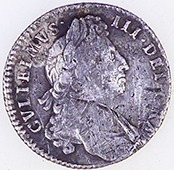 |
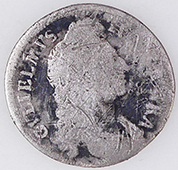 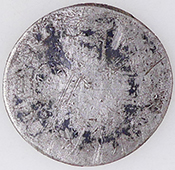 |
1700 shilling |
|
  |
|
Sixpences |
|
1695 Sixpence |
|
  |
  |
  |
Scottish |
1696 Sixpence |
|
  |
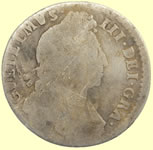 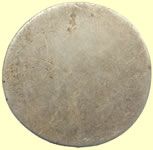 |
  |
  |
  |
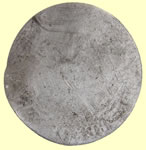 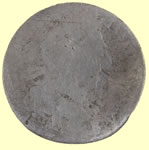 |
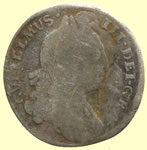  |
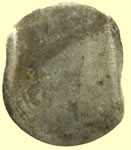  |
  |
  |
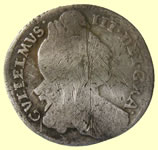  |
  |
  |
|
  |
  |
  |
  |
York mint |
Bristol Mint |
  |
 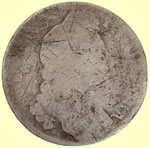 |
  |
  |
  |
  |
Norwich mint |
Norwich mint |
|
  |
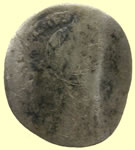 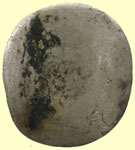 |
  |
  |
  |
 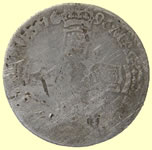 |
  |
 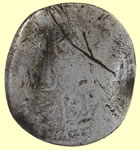 |
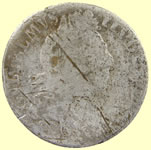 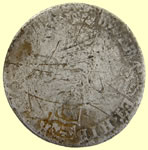 |
  |
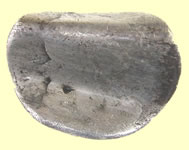  |
Exeter mint |
York mint |
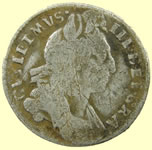 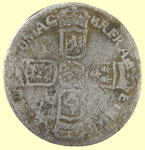 |
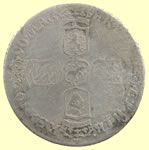  |
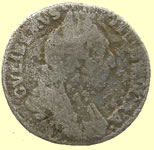 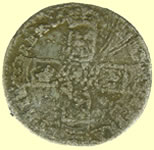 |
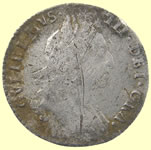  |
|
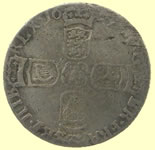 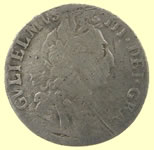 |
  |
  |
 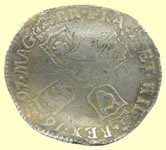 |
  |
  |
 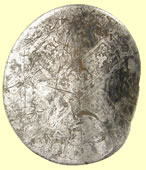 |
  |
  |
  |
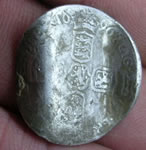 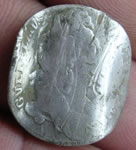 |
 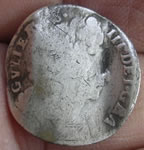 |
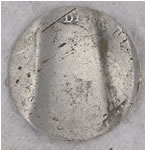 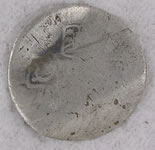 |
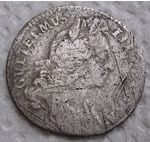  |
Bristol mint |
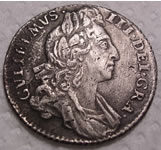  |
  |
 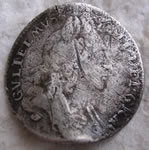 |
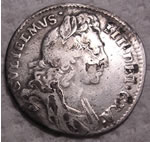  |
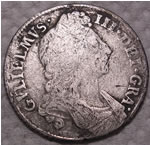 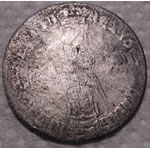 |
 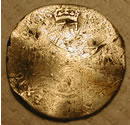 |
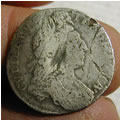  |
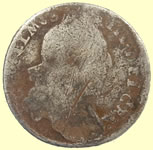  |
 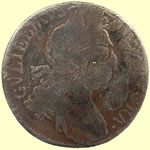 |
  |
Coventry mint |
  |
  |
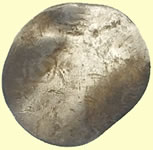 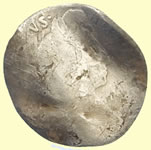 |
  |
 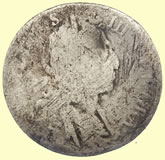 |
  |
  |
 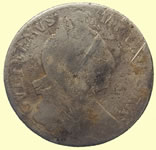 |
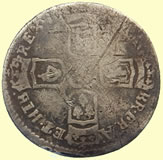  |
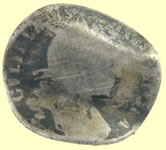 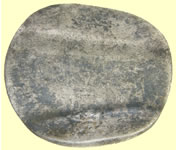 |
  |
  |
Bristol Mint |
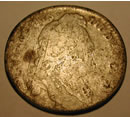  |
  |
  |
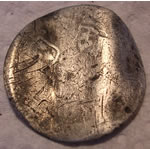 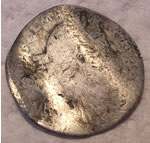 |
  |
 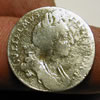 |
  |
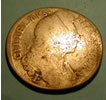 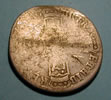 |
  |
  |
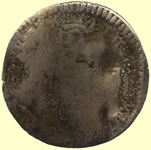  |
 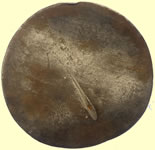 |
  |
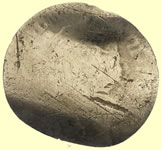 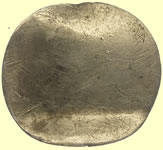 |
  |
  |
| Bristol mint | |
  |
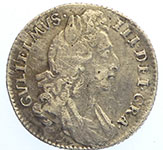  |
Bristol mint |
 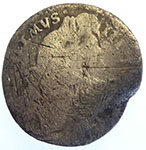 |
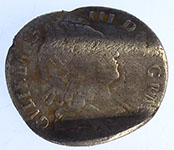 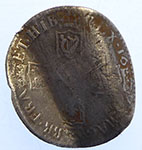 |
 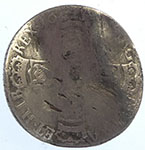 |
 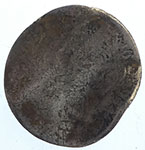 |
  |
  |
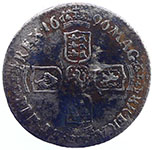 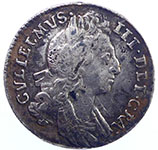 |
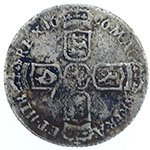 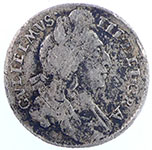 |
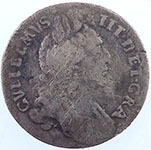 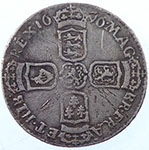 |
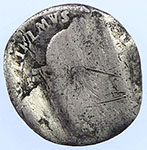 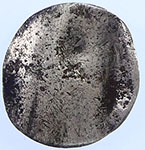 |
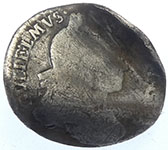 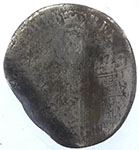 |
  |
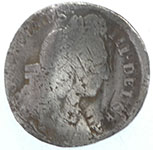  |
  |
  |
  |
  |
 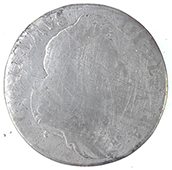 |
  |
  |
|
1697 Sixpence |
|
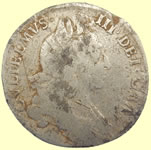 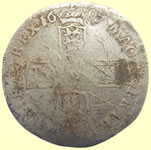 |
  |
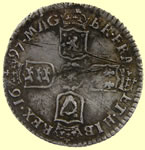  |
  |
Norwich mint |
Coventry mint |
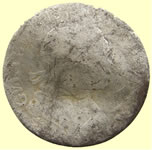 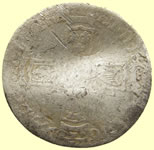 |
|
  |
  |
  |
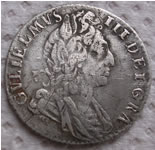  |
|
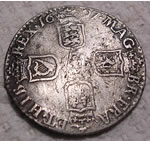  |
  |
  |
| Norwich mint | Exeter mint |
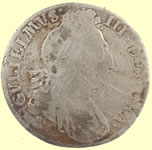 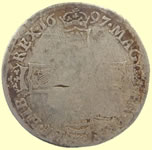 |
  |
  |
  |
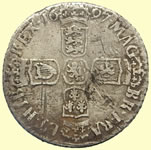  |
  |
  |
  |
  |
  |
  |
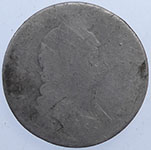  |
  |
  |
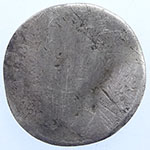  |
  |
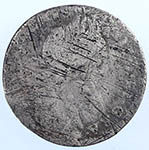 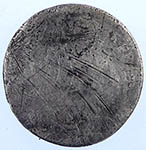 |
  |
 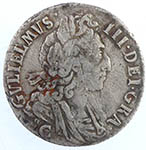 |
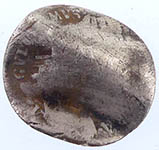 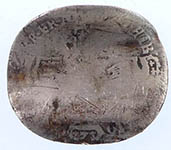 |
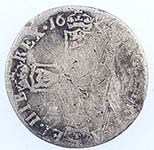 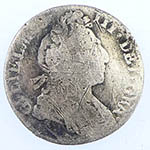 |
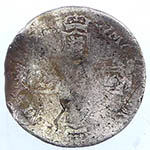 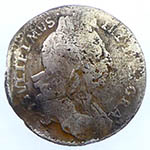 |
 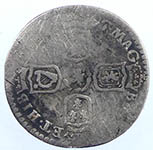 |
  |
 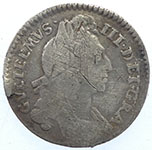 |
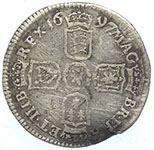 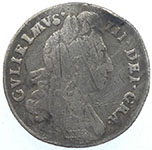 |
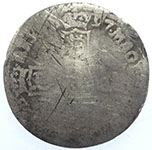  |
  |
  |
  |
 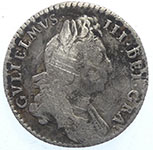 |
  |
  |
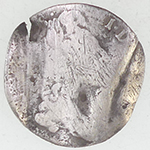 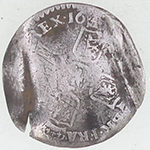 |
1700 Four pence |
|
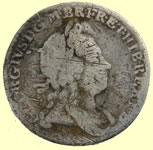  |
|
1701 Four pence - 1703 Three pence |
|
  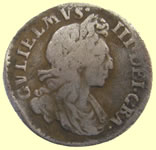  |
|
1701 Silver One pence and three pence |
|
|
|
William III copper coins |
|
  |
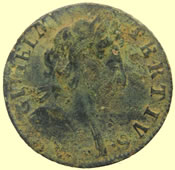 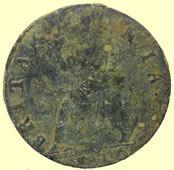 |
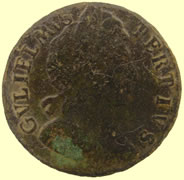 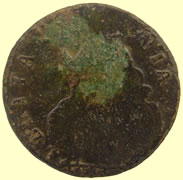 |
  |
  |
  |
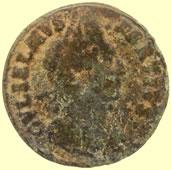 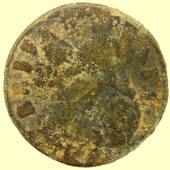 |
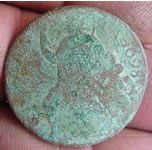 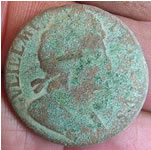 |
  |
  |
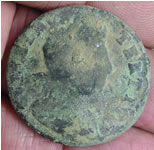 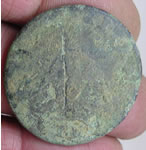 |
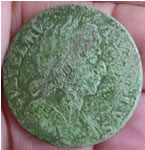  |
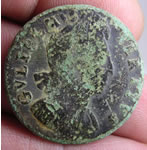 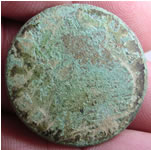 |
  |
 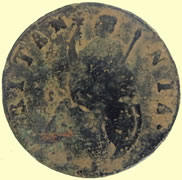 |
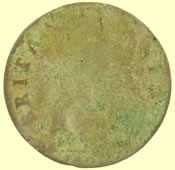 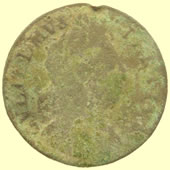 |
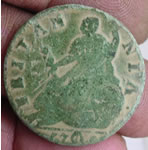 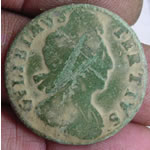 |
  |
  |
  |
  |
  |
 |
|

